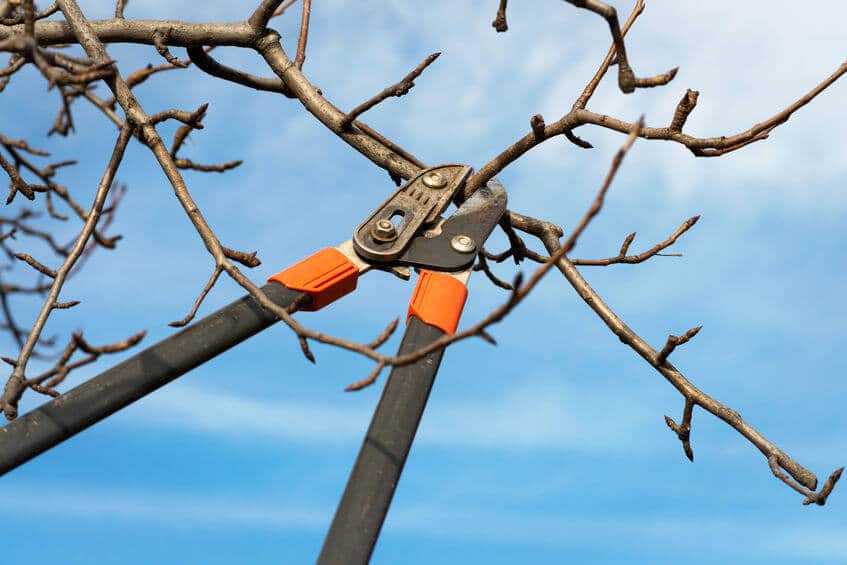Do I Have an Overwatered Lawn?
An overwatered lawn isn’t just unhealthy, it’s a symbol of wasted resources, including water and money. Learn how to avoid overwatering your lawn by following some of these simple steps that will help you calculate how much water your lawn needs and when are the best times to run your sprinklers to avoid overwatering. You will also learn the best ways to spot the telltale signs of an overwatered lawn.

How much water is too much water?
A thriving lawn is a lawn that is a little bit thirsty. In order for grass to develop a healthy root system, it needs to grow deep into the soil. When grass is thirsty, roots grow deeper into the soil to search for water. Overwatering your lawn can cause the grass to maintain a shallow root system and be more susceptible to issues like root rot and disease.

Signs of Overwatered Grass
Spongy soil. If you step on your lawn and it feels spongy or squishy then there is likely too much water. A spongy feeling can also indicate a layer of thatch that is too thick. Thatch is dead, organic grass matter that sits on the top layer of soil. Watering too frequently or for too long can prevent microorganisms from breaking down thatch and can prevent nutrients from getting down into the soil.
Pests. Thatch happens to be a great habitat for pests, and they can thrive in a soggy lawn. Pests can eat the roots of the grass and cause sad, brown patches that spread easily.
Brown patches and weeds. Weeds tend to grow well in environments that are too wet for healthy grass to grow in. An abundance of weeds can be a tell-tale sign for overwatered grass.
How Often Should You Water Your Grass?
Determine your lawn’s weekly watering needs. Most grasses need 1 to 1 ½ inches of water per week but local resources can give specific recommendations for the regional climate and soil.
Measure your sprinkler’s output using empty tuna cans. Place at least two tuna cans on opposite sides of the yard and run your sprinkler for 15 minutes. Measure the average amount of water in inches between the cans. Follow this simple equation to determine the number of minutes you need to be watering to achieve an inch of water across the yard:
15 minutes / average amount of water in tuna cans = number of minutes to water 1 inch
For example:
15 minutes / ½ inch = 30 minutes to water
When you have calculated the total number of minutes you need to be watering each week, it is best to split the watering between two to four sessions. For example, if you have calculated you need to water 30 minutes each week, you can water for ten minutes, three times each week.
Water in the morning between 4 AM and 8 AM. Watering in the afternoon summer sun can cause an unnecessary loss of water due to evaporation while watering at night can cause root rot due to lack of evaporation.
Additionally, early morning often comes with a slight breeze that can help to better distribute water. If you are not a morning person, an automated sprinkler system can be installed to allow watering before you even have to get out of bed.
Check your soil. Proper watering should penetrate the top six to eight inches of soil. You can test this by inserting a screwdriver into the soil and checking how deep the water level is.
Taking a few minutes at the start of warmer weather to measure the output of your sprinkler system can set you up for a successful season of watering. Avoiding an overwatered lawn can eliminate headaches like pest infestation, root rot, and wasted resources.











